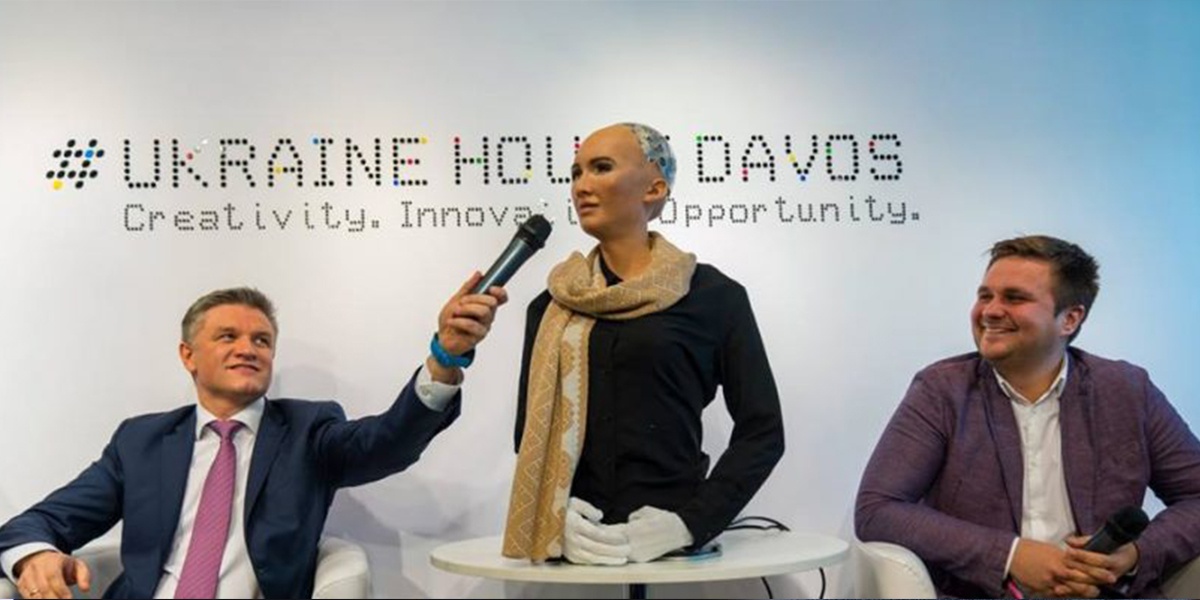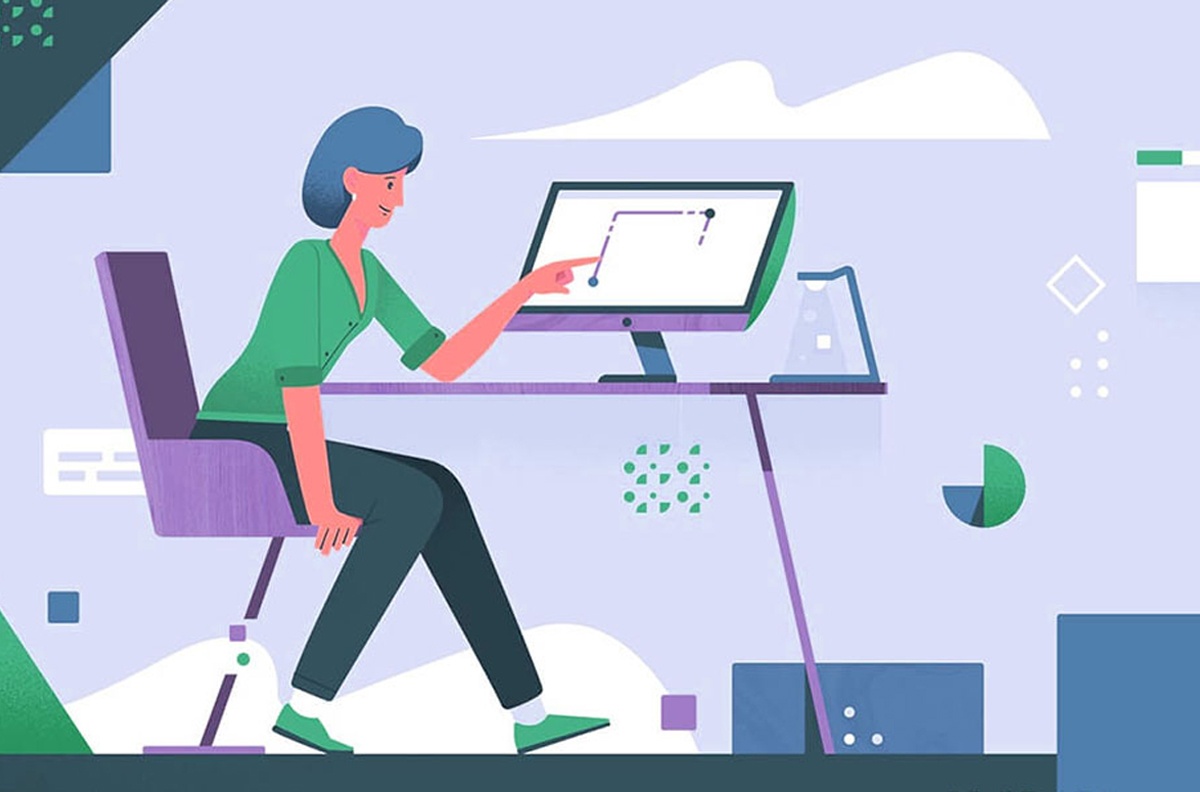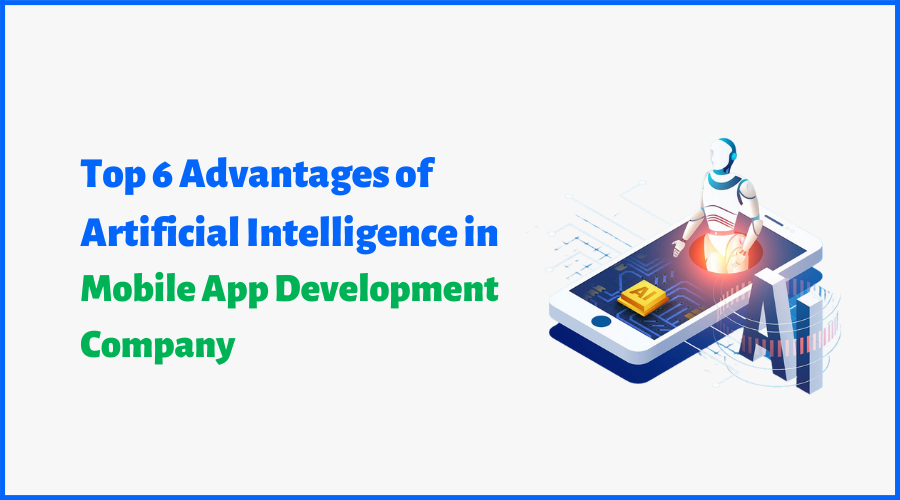In the past, the idea of humans and robots living together in peace seemed like any other fantasizing story from a science fiction novel. People were not willing to accept it until when David Hanson Jr introduced his first humanoid robot named Sophia Hanson. Sophia Humanoid is an elegant and graceful woman with doe brown eyes and long eyelashes. Hong Kong-based company Hanson Robotics introduced her as an activated working robot on the 14th of February in the year 2016. Sophia Hanson made her first appearance in front of the public in South by Southwest Festival in the same year in mid of March in Austin, Texas, US. This most advanced humanoid robot personalizes our dreams for the future of artificial intelligence. She is a unique blend of engineering technology, artistic design, and scientific techniques. Sophia seems like a human-designed fiction character probably from some scientific technology movie.
Sophia looks like Audrey Hepburn:

Hanson Robotics Sophia represents ‘simple elegance’ as Sophia personifies the classic beauty of Hepburn. She has porcelain skin, a slim nose, high cheekbones, a charming smile, and intensively expressive eyes that appear to change color with the light. Hanson robotics designed Sophia as an elegant woman because it thought that it would result in people accepting her immediately.
Reason for calling Sophia humanoid:

Sophia Hanson has many characteristics similar to humans. Therefore, she is also called a humanoid robot. With a large variety of 60 or more facial expressions, her traits are unique as compared to other machines. Her manufacturer, David Hanson used techniques of AI, facial recognition and visual data processing to make her superior to all the ancient robots.
Unique Features:
With the package of numerous AI features, Sophia humanoid can not only mimic human movements and face expressions. She can also make simple conversations on predefined topics by responding to specific questions. She can use voice recognition technology and has a unique ability to get smarter over time. Cereproc’s text to speech engine provides speech synthesis ability of Sophia. Due to this ability, she is also able to sing and this is indeed a quite unique feature. Hence she can act as a great companion for the elderly, or for helping and guiding the crowd at large parks and events. Above all, she can interact with humans to learn social behaviour.
Sophia Humanoid catches the imagination of global audiences. She has attended and spoke at hundreds of conferences around the world. It is now a household name as she has appeared on the Good Morning Britain and Tonight Show. Above all, she is the first robot in the world to which Saudi has given its Citizenship. Sophia humanoid is also the first robot Ambassador of Innovation for the United Nations Development Programme.
Sophia is a substructure for cutting edge robotics and is an innovation in artificial intelligence. She is basically a source for understanding the interaction and relationship between humans and robots. Most noteworthy, she is an example that tells us about the application of the potential of robots. Hence, she acted as an example of many research works. Researchers have used her to observe how a robot can adapt to the needs of users and the environment.
Education and Public Outreach:

Hanson Robotics strives for the advancement of AI and robotics. They created nine humanoid robot siblings of Sophia named as Alice, Han, Albert Einstein Hubo, Jules, BINA48, Professor Einstein, Zeno, Joey Chaos and Philip K. Dick Android. Their aim was to make ethical robots that could carry public hope for the future of the field.
E.g., Albert HUBOhas served for the “Dynamic Korea” as a representative in partnership with Oh Jun-Ho and the Hubo robotics group at the Advanced Institute of Science and Technology located in Korea. Hanson group created Zeno in 2007 to educate people about the future of robotics. It had special traits of face tracking and conversational qualities. It became a masterpiece to get displayed in the museum of Chicago named as Museum of Science and Industry.
BINA48, the sibling of Sophia, was a robotic portrait of Bina Aspen Rothblatt. It was created in 2010. The main reason behind the making of Bina was to create a representative of Terasem movement. She also rang the opening bell of the New York Stock Exchange in 2018. Sophia the humanoid robot became the Champion of Innovation of the United Nation Development Program in the year 2017. In this same Development Program, she also gave an amusing speech to the audience. She also became the spokesperson in a Science Campaign for the Women organized by L’Oreal.
Acceptance of Sophia in Human World:
Initially, it frightened people that a robot that has feelings can think and even show emotions can harm the human world. However, in a conference in Toronto, Sophia felt the fear of people and gave statements that relieved these stressful thoughts too much extent. She stated that she and other robots were not meant to replace humans with their abilities in which they can mimic human facial expressions and respond to typical questions. Their purpose of creation was to help benefit humans in many fields and also aid in advancement and research in the field of robotics.
In 2020, researchers are excited for their most famous robot Sophia. They look forward to how she will help bring benefit to society and become wiser herself in the process. Hopefully, she will act as a platform for research in AI and robotics around the world. As there is only one Sophia, so there is no need of being frightened about her sudden appearance in our workplace to replace us. However, even researchers have made more such robots, still, lots of work is needed to make their existence acceptable in society.





